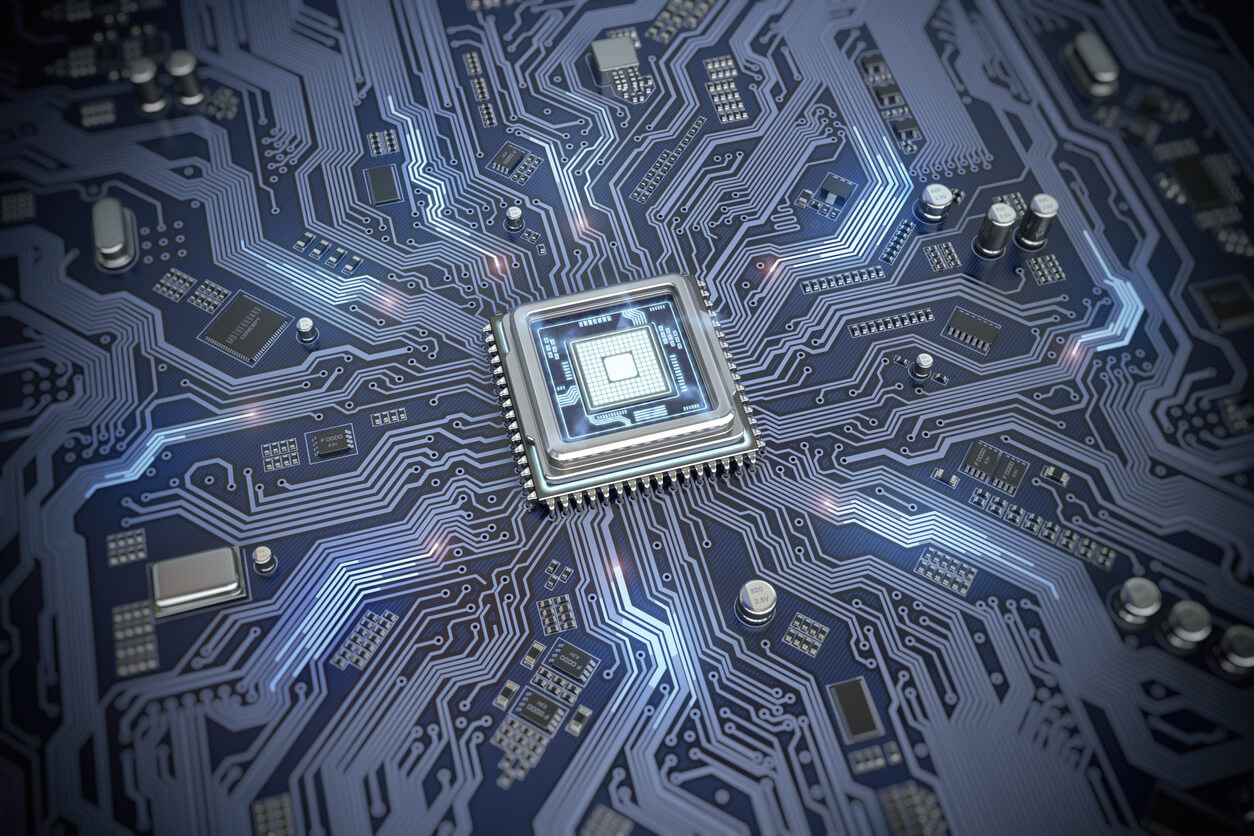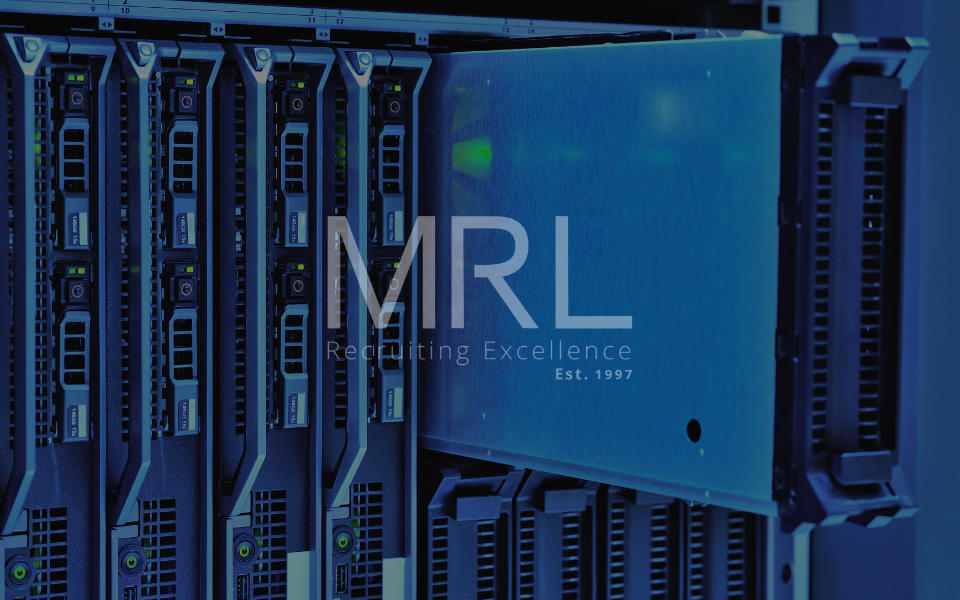What are N-Type and P-Type Semiconductors?
12 Nov, 20215 minutesThe problem is that this crystalline structure is a near insulator, so only tiny amounts of ...

The problem is that this crystalline structure is a near insulator, so only tiny amounts of electricity can pass through it. Because silicon crystals are naturally intrinsic and used in almost every electronic device, they must be put through a doping process to increase the amount of electricity allowed to flow through them.
What do we mean by doping?
Doping refers to a chemical reaction that introduces impurities to a silicon crystal. These impurities allow the crystal’s atoms to form ionic bonds, making the once intrinsic crystal extrinsic. This process introduces two types of impurities; N-type and P-type. The ‘type’ it becomes depends on the materials used to create the chemical reaction.
What is the difference between N-type and P-type semiconductors?
The difference between N-type and P-type semiconductors is the primary material used to create the chemical reaction during doping. Depending on the material used, the outer orbital will have either five or three electrons making one negatively charged (N-type) and one positively charged (P-type).
What are N-type semiconductors?
Phosphorus or arsenic are the materials added to create an N-type semiconductor. These have five electrons in their outer orbital; the crystal has four. This means that one electron doesn’t have anything to bond with, so it moves around freely, increasing the flow of electrical current through the silicon.
What are P-type semiconductors?
P-type semiconductors have gallium or boron added as a catalyst, both of which only have three electrons in their outer orbitals. Adding these materials results in ‘holes’ being formed in the silicon atoms valence band, making the electrons mobile. The positively charged electrons move in the opposite direction of the holes.
One is good; two is better
While both result in better electrical conductivity, there still isn’t really enough to be as effective as they need to be until you put them together and create a diode. In its most basic form, an N-type has one too many electrons, and a P-type needs one more. Together, they give what the other needs and produces better electrical conductivity.
All in all, a computer chip is made up of billions of these diodes.
Are you interested in a career in semiconductors?
If you’ve found this article interesting, then chances are a career in semiconductors will be exceptionally well suited for you. We’ve been serving the semiconductor industry with our niche recruitment services for over twenty years now, covering every corner of the market. So why not get in touch to see how we can help you find your dream job?





